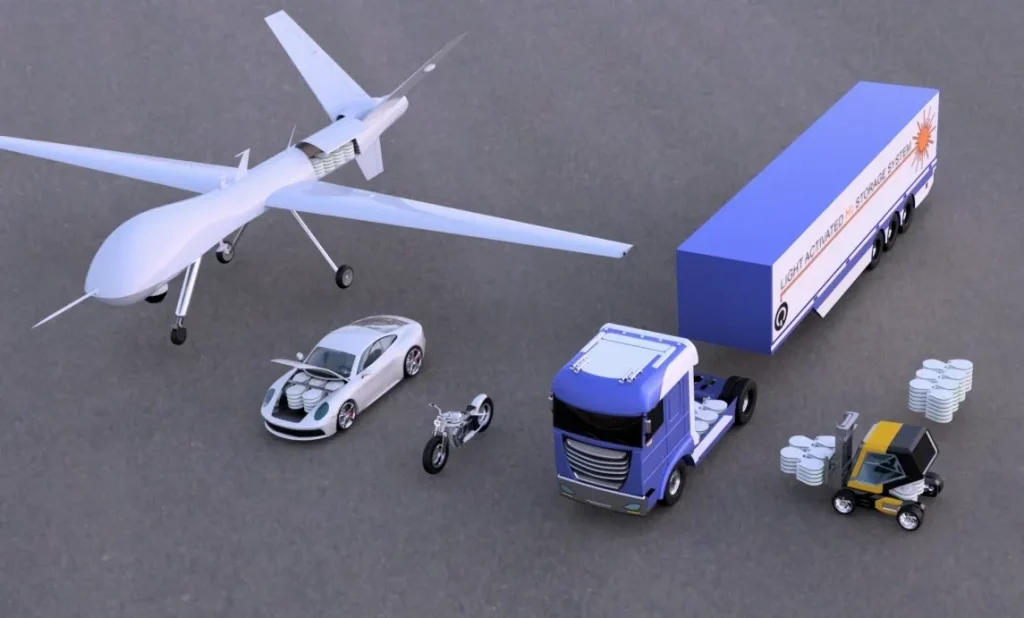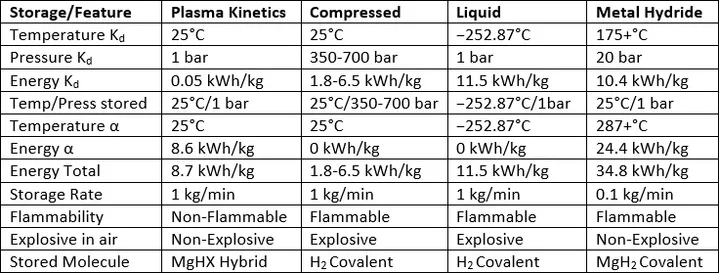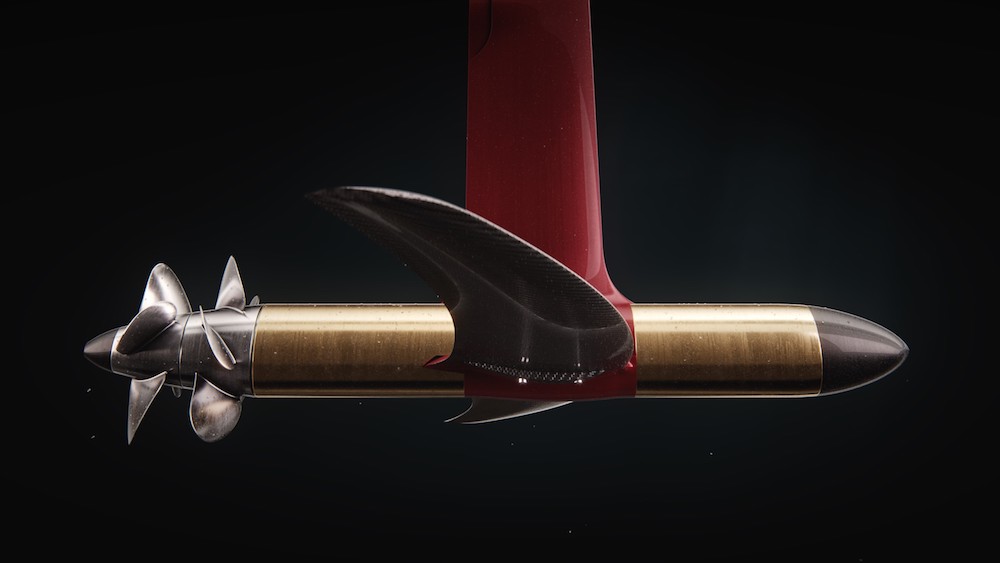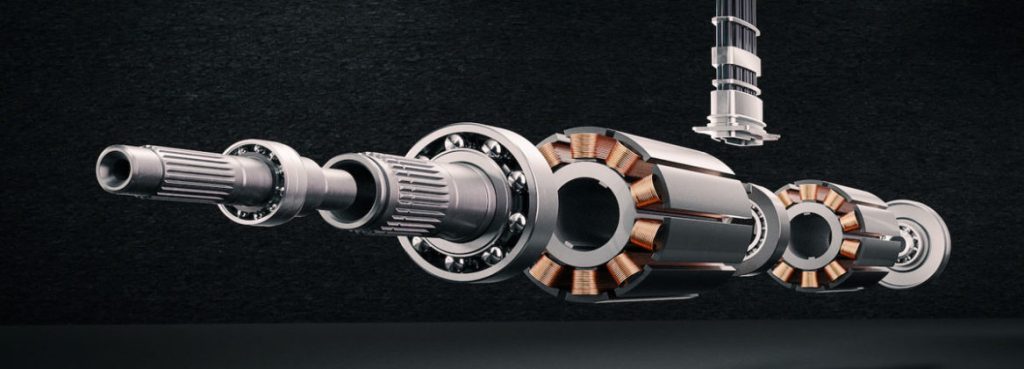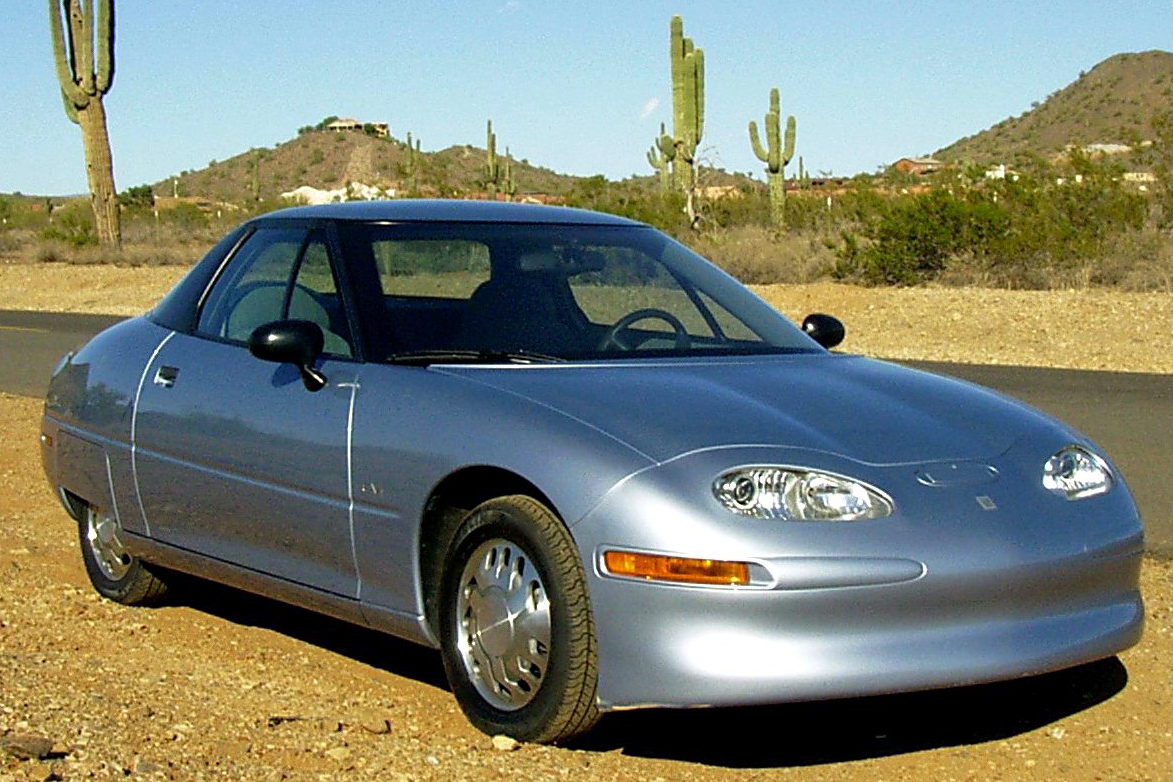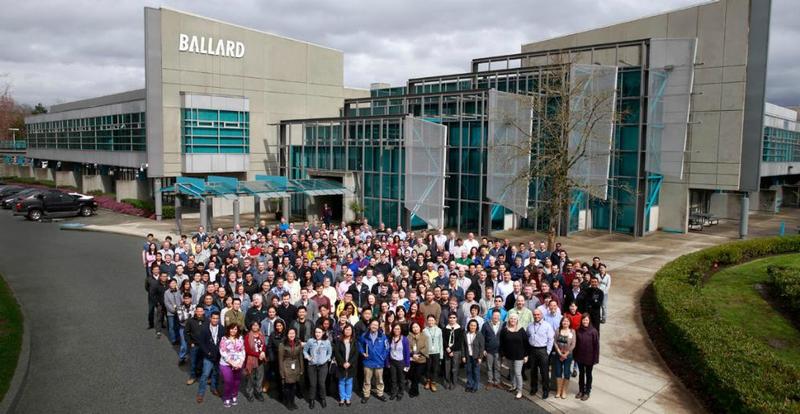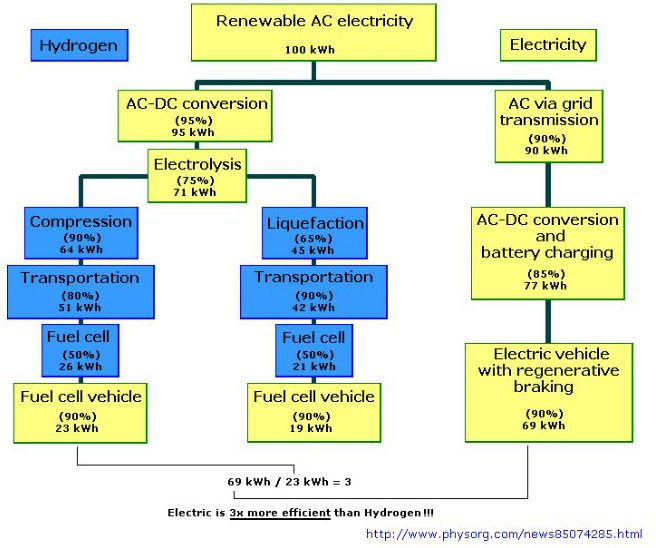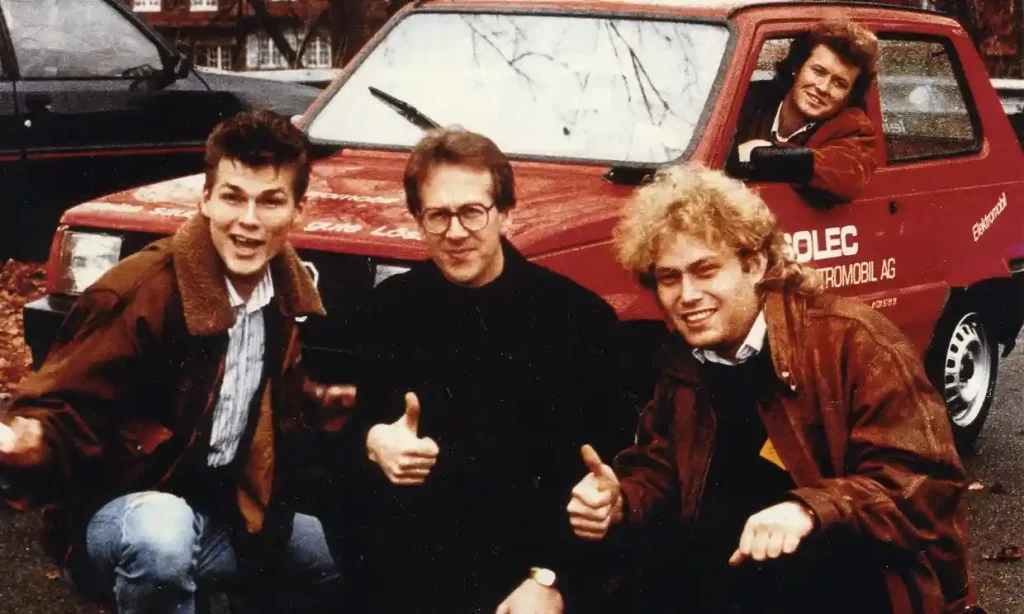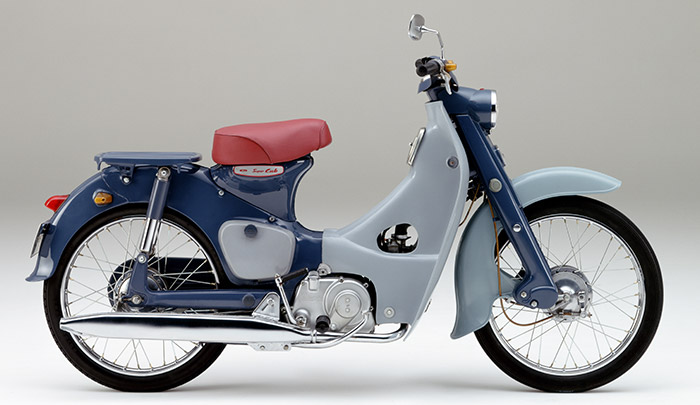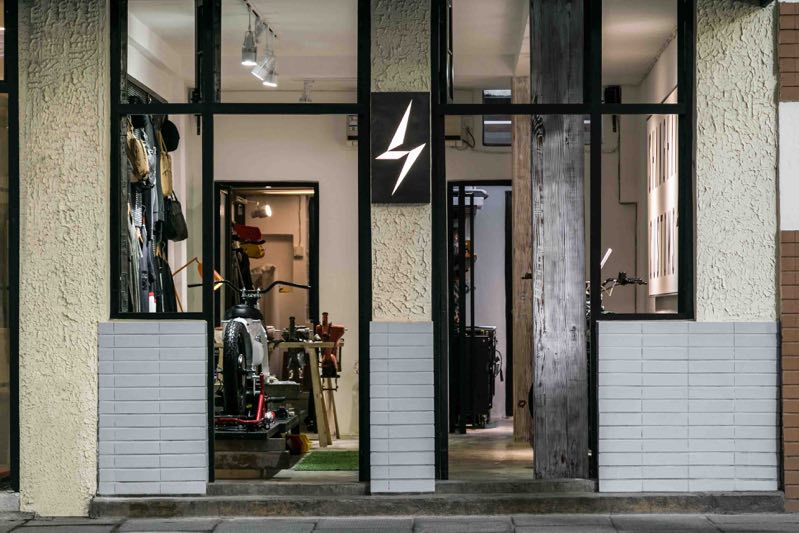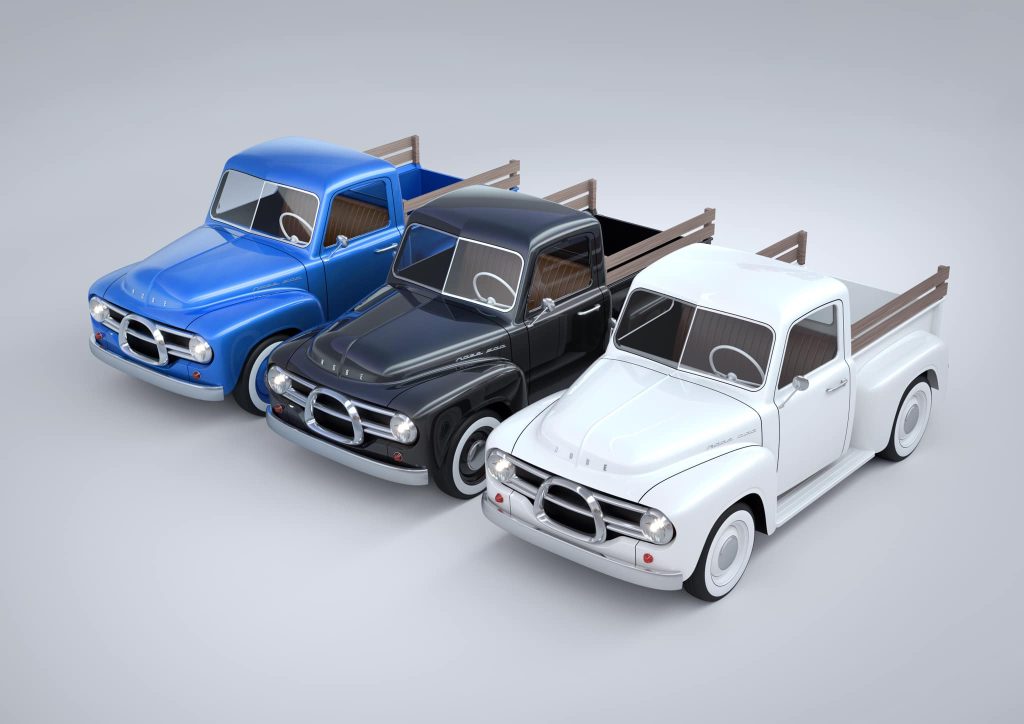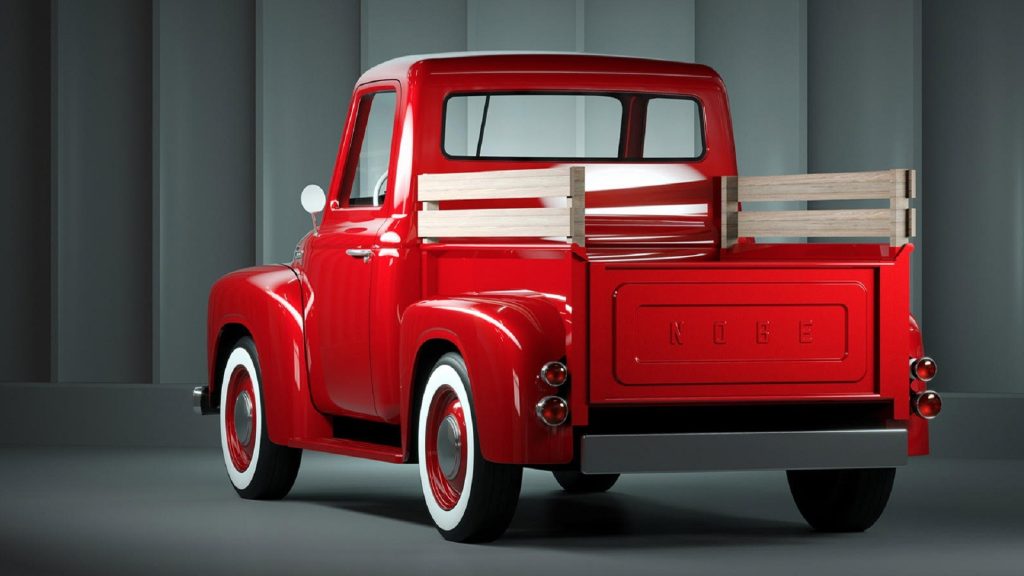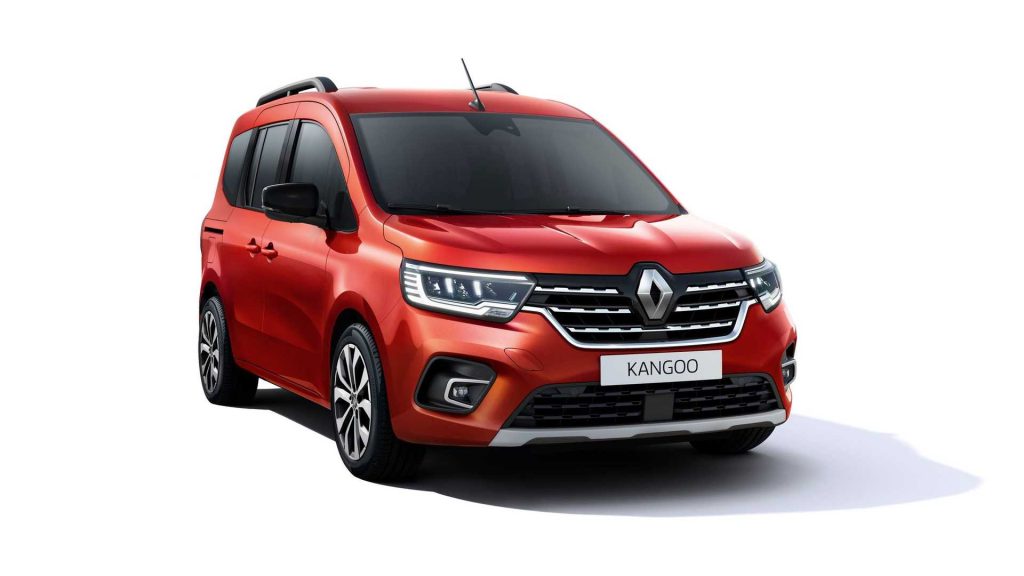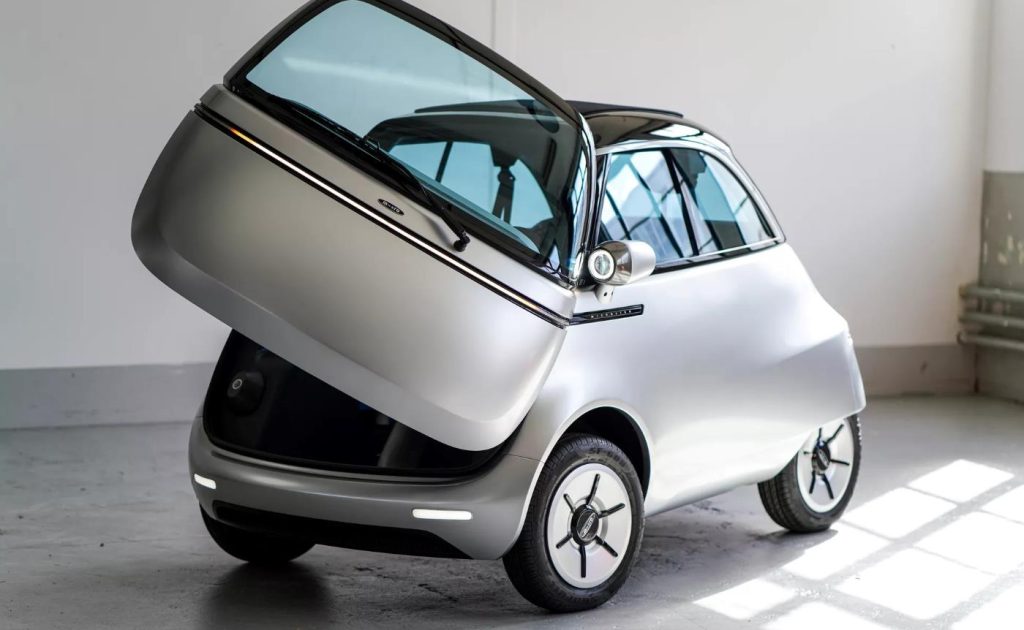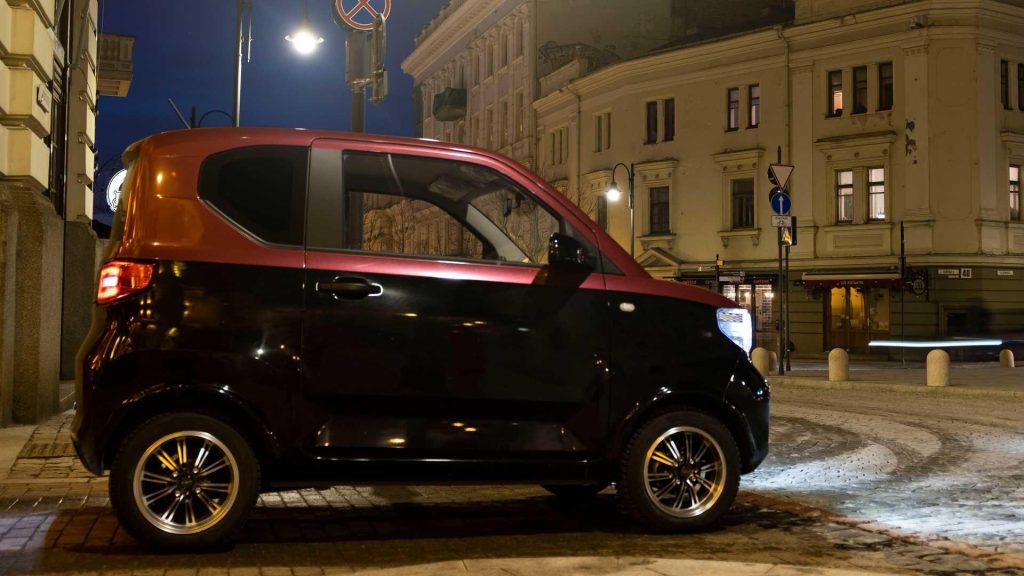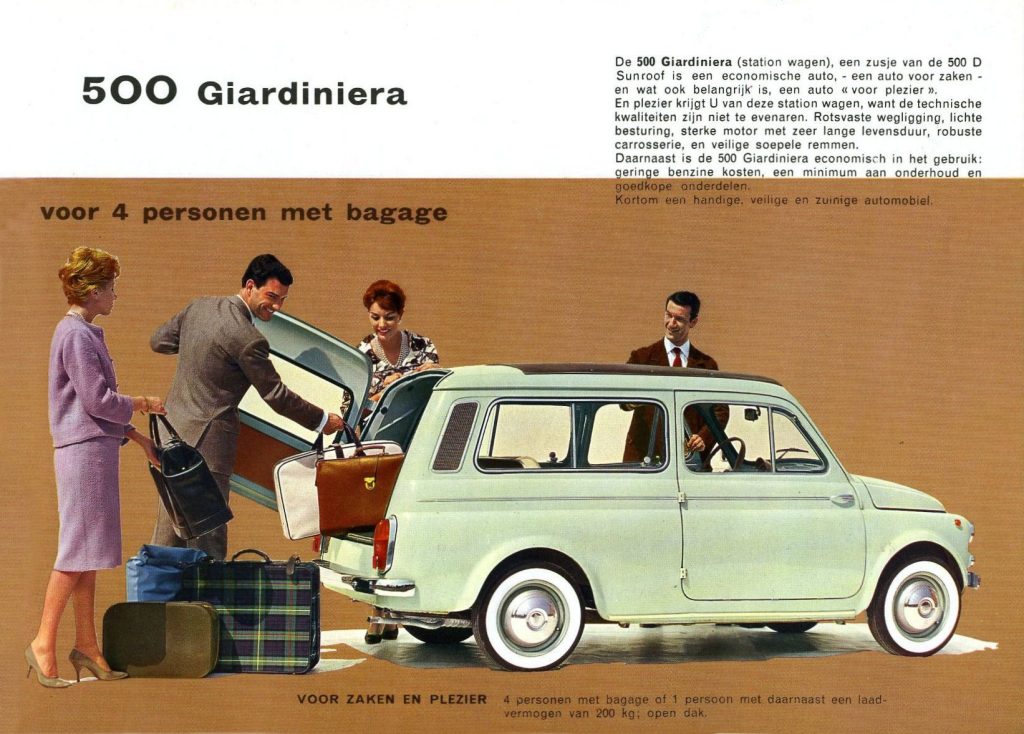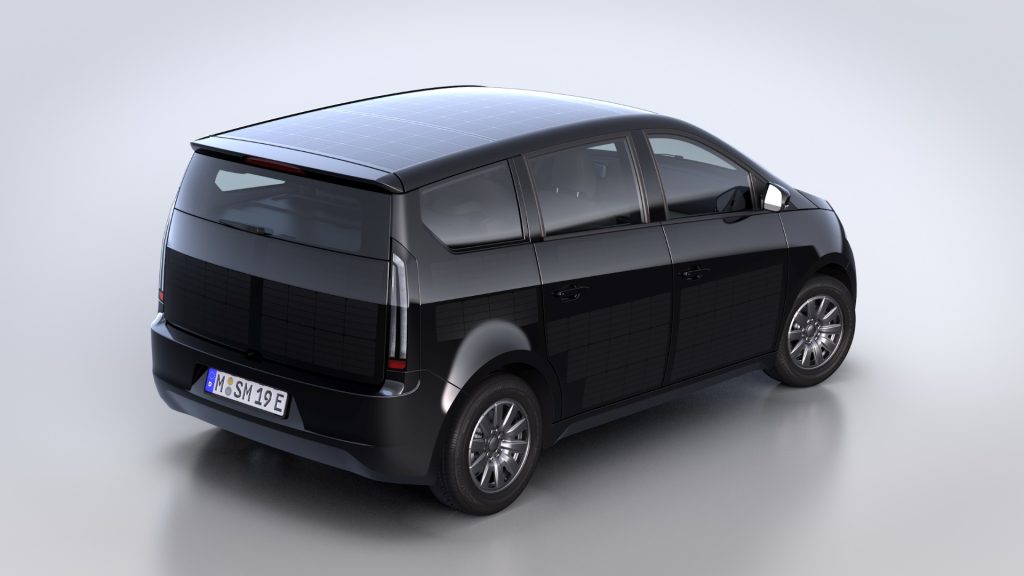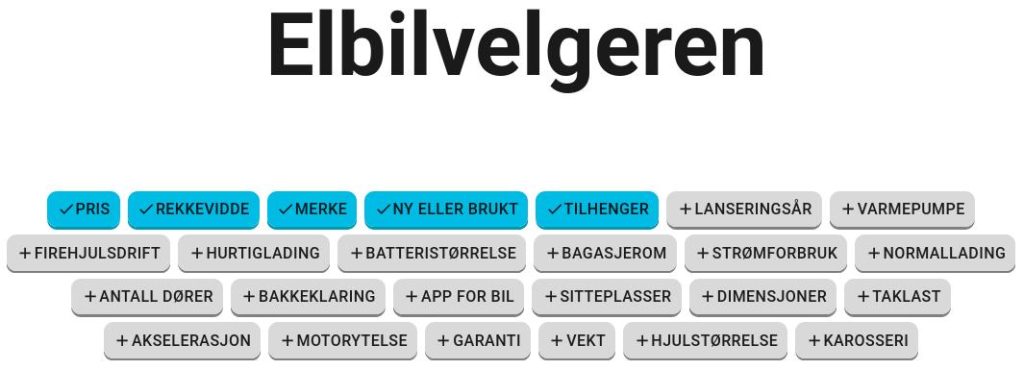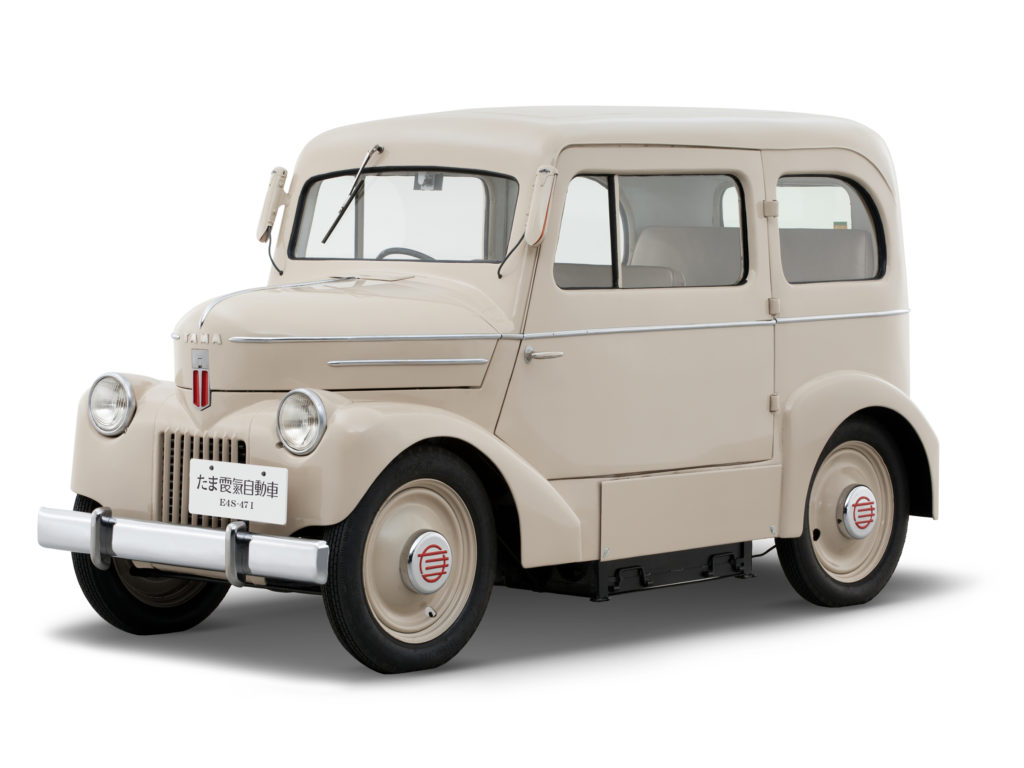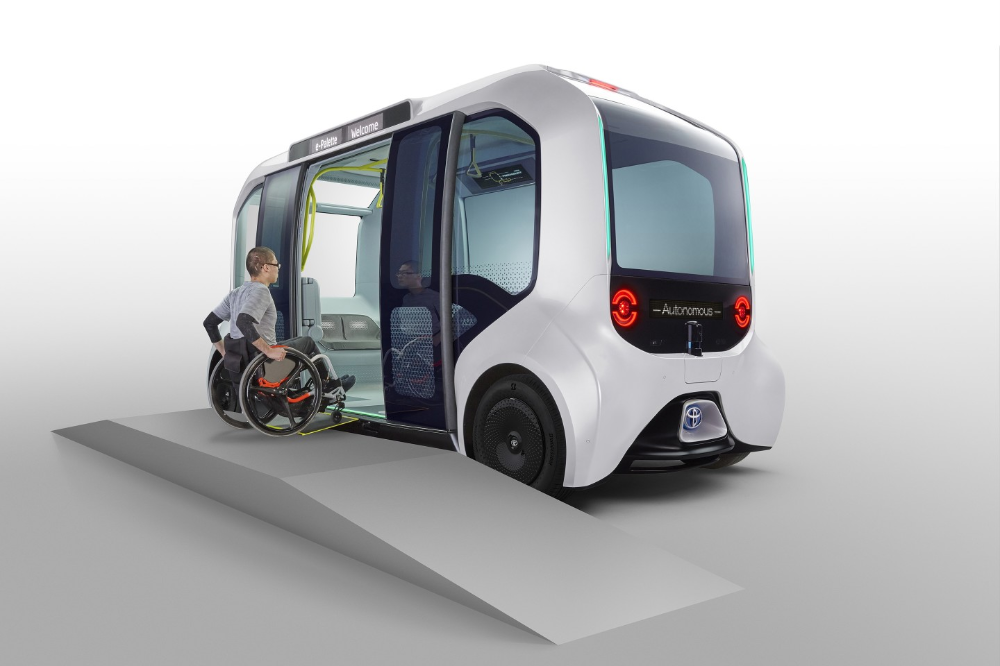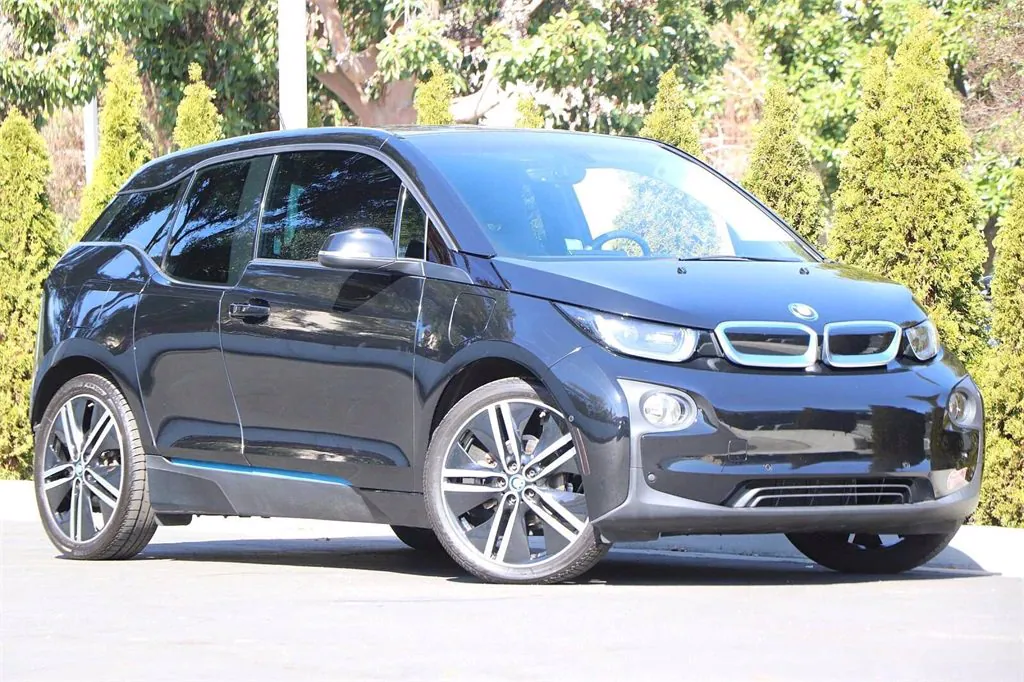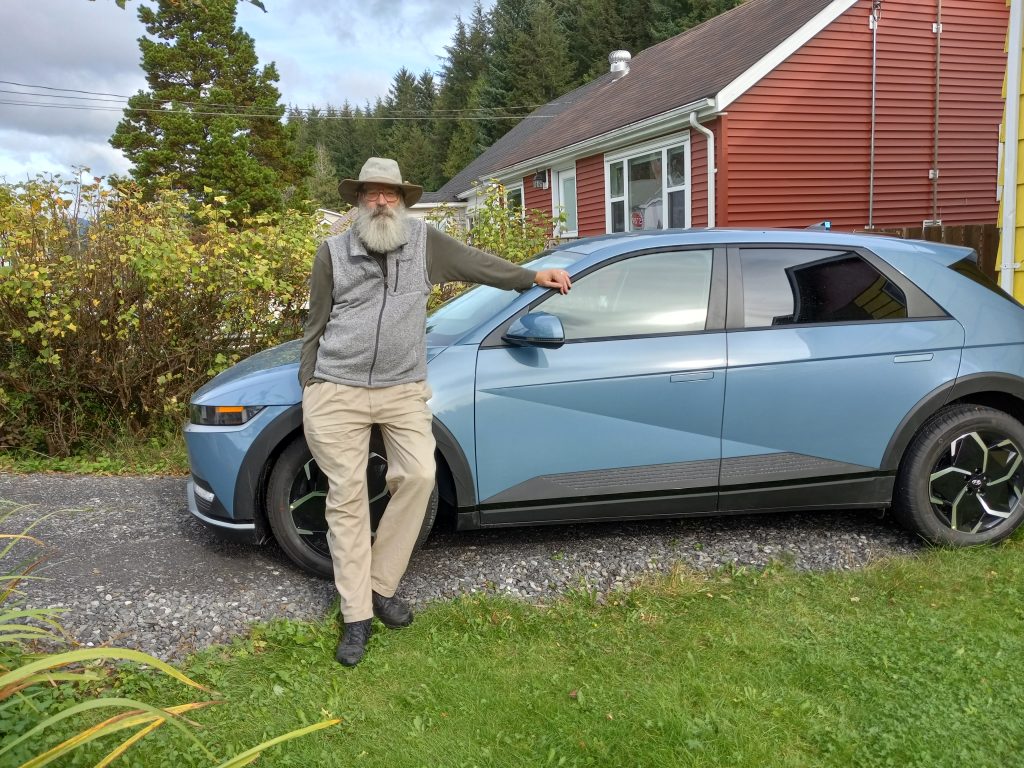
Congratulations, Charles, on buying your first electric vehicle (EV), a Hyundai Ioniq 5. I was impressed when you told me that you only used CA$ 16/ US$ 11.50/ NOK 125, for electrical power to travel the 720 km (450 miles) between Prince George and Prince Rupert. That is a little over 2 cents CAD a kilometer, a little over 2.5 cents USD a mile.
A suitable 2022 EV in a developed country probably means that it is built on a dedicated EV platform, has a raised seating position typical of SUVs, receives a five-star (Euro) NCAP safety rating, holds five people comfortably and with enough space for luggage/ shopping in both a frunk and trunk, offers a minimum 400 km of range with sufficient power, torque and handling for local conditions, which in British Columbia and Norway implies mountain roads. Since people are all different, that means that everyone will have different perspectives on what constitutes important vehicle characteristics.
I was a little surprised at your choice of a compact crossover SUV, because I always think of you as a van/ multi-purpose vehicle (MPV) type of person, needing an EV replacement for your previously owned Mercury Villager. I find it very similar to the Citroën Evasion, that I once owned. Unfortunately, choice is often an illusion, because there is a need to compromise. There are not that many electric powered vans around. Those that do exist offer low range. On the horizon, one exception is the Volkswagen ID. Buzz. It has just started populating European streets (or at least VW Dealer showrooms), but it will not be coming to North America before 2024, in a slightly longer version.
With 155 mm (6.1″) of ground clearance, the Ioniq 5 is a good choice for a winter car, especially for driving on unplowed roads with snow. However, it is definitely not for offroading.
The Ioniq 5 is built on a dedicated electric platform, the Hyundai Electric – Global Modular Platform (E-GMP). This is important. It allows a long wheelbase, in relation to length. The floor is flat. This provides increased passenger comfort for five people, as well as improved ride characteristics. There is a generous amount of cargo space, initially 531 litres (18.75 cubic feet), but expanding to 1 600 litres (56.5 cubic feet), with the rear seats folded down. There is a frunk for storage at the front of the vehicle.
The battery can recharge 86 km (53 miles) of range in 5 minutes, or from 10 to 80% in 18 minutes, or 375 km (230 miles) in half an hour with its 800 V charging capabilities using a 350 kW charger. With electric motors providing torque at low speeds, EVs typically accelerate quickly. Regenerative braking produces electricity when braking, rather than wearing out brake pads.
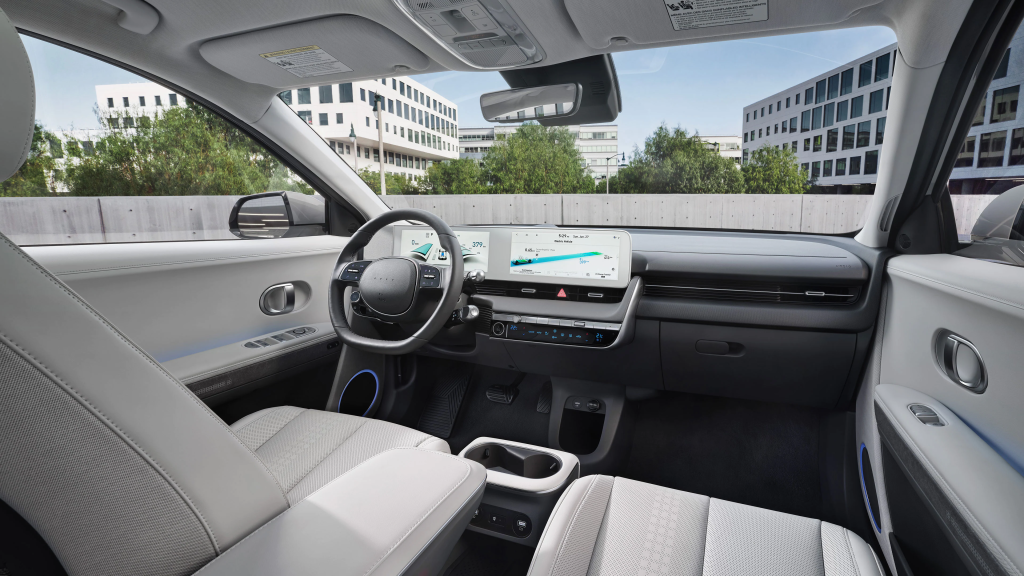
The dashboard houses two 300 mm (12″) screens, an instrument cluster display in front of the driver, and an infotainment system between the two front-seats.
Vehicle to load (V2L) function = bidirectional charging can provide up to 3.6 kW of power through a port mounted under the rear seats or from an outside port. This is important in areas with electrical power outages, because it allows refrigerators, freezers, hot water heaters, stoves and space heaters to continue operation. If necessary, and if the outage is local enough, the vehicle can be driven to a fast charger, then return to power the residence. If one lives in an area with electrical price changes throughout the day, V2L will allow a car to provide power to the household during periods when grid electricity is expensive, then recharge itself, when it is cheap.
Who buys a new EV? To find out, I tried to look up some basic demographic information. It didn’t provide all of the insights I wanted. One comment on age: the age of a new car or truck buyer has grown older over the past decade. It is now around 53 years old. They also note that among new vehicles buyers, the 55+ age group has a 15 percentage point increase since 2000. For most vehicle types, the gender difference favoured men, about 55% men/ 45% women. There were two exceptions. First, 14% of light-truck purchasers were women, and 86% were men. Second, 25 % of electric vehicle (EV) purchasers were women, and 75% were men. My Norwegian experience tells a very different story. Most of the EV owners I know are women. They purchase practical vehicles, notably Kia Soul EVs. Men tend to be more performance oriented vehicle owners, buying Audi, Polestar and Tesla EVs.
Hyundai Ioniq 5 specifications
| Wheelbase | 3 000 mm |
| Length | 4 635 mm |
| Width | 1 890 mm |
| Height | 1 605 mm |
| Ground clearance | 155 mm |
| Mass (small – large) | 1830-1950 RWD/ 1905 – 2115 AWD kg |
| Battery capacity | 58 – 73 (Europe) – 77 (North America) kWh |
| Power | 125 – 168 (RWD)/ 173 – 239 (AWD North America) kW |
| Torque | 350 (RWD)/ 605 (AWD) Nm |
| Range | 384 — 488 (RWD)/ 319 – 412 (AWD) km |
| Top speed | 185 km/h |
| Accelleration (0 – 100 km/h) | 8.5 (small RWD) – 5.1 (large AWD) s |
EVs keep checking more boxes, except one – price! Some of these characteristics are: appearance, comfort, connectivity, performance, safety and size, in alphabetical order.
Prices. An article, in the New York Times states that many companies have increased prices because they have had increased costs, the past two years. This has improved their profitability, but it has also pressed inflation to higher levels. This applies to the automotive market, especially. Dealers have paid more for the vehicles they have purchased, but they take even more money for the cars they sell. They do this because they know that there are very many who want to buy cars, but there aren’t enough available, in part because of supply chain difficulties.
Historic internal combustion engine (ICE) vehicle price data, and consumer price index (CPI) data, are insufficient to calculate a reasonable EV base price. Instead, one is forced to look at the prices of real world vehicles, discover/ compute/ invent shadow prices for the the most important features. After that, one is left with the task of picking out the most suitable vehicle, and accepting that its price is going to be higher than one originally hoped.
Part of EV pricing challenge has to do with batteries. Batteries make up a large proportion of an EV price. Some projections point to a downward trend in Li-ion battery components, then some unexpected expansion in demand results in an increase in prices. Because battery prices were so high, many of the first EVs produced had inadequate range, which increased anxiety. Larger batteries increase weight and vehicle price. In 2022, 300 km is often regarded as inadequate, 400 km as acceptable, and 500 km as ideal. In Europe, range is determined using the Worldwide harmonized Light vehicles Test Procedure (WLTP). Wikipedia has an article about it.
Theodore Paul Wright (1895 – 1970) wrote a paper Factors affecting the costs of airplanes (1936) about the the learning curve effect = Wright’s Law, that has predicted the decline in production costs, for many technological products. Lithium-ion (Li-ion) battery cell costs fall by 28% for every cumulative doubling of units produced. The battery pack is the most expensive part of an electric vehicle. Consequently, the prices of EVs fall with declining battery costs. One prophecy was that by 2023, the cost of Li-ion batteries would fall to around US$ 100/ kWh. This would mean that EVs would be as cheap to make as ICE vehicles. By 2021, increased demand for EVs increased the demand for battery materials, which resulted in increased battery costs. Tea-leaf readers, crystal-ball gazers as well as others with insights, real or imaginary, are invited to provide more details about upcoming battery (and EV) price developments.
Appearance. The Ioniq 5 originated as the Hyundai 45 EV Concept, with 45 referring both to a common angle emphasized on the vehicle, as well as the 45th anniversary of the Hyundai Pony, manufactured from 1975 to 1985, that was South Korea’s first mass produced and exported vehicle. The concept’s sensuous sportiness design language, emphasized kinetic cube front and rear lights. Today, they are referred to as Parametric Pixel design, several sources inform that it is not just apparent in headlights and tail lights, but also in its wheels.
Comfort. Much of the well-being afforded by a vehicle relates to the volume of space available to passengers, in relation to their size. It should be proportional, neither too large nor too little. The Ioniq 5 offers more than adequate space, especially for people sitting in its front seats. People, big or small, will be able to sit comfortably. The front seats offer automatic two-zone air conditioning and massaging capability. One can wonder if these features make driving/ riding less stressful? The rear seats are more confining, especially if that space has to be divided between three people. All of the seats are suitably supportive. What many people appreciate most inside an EV, is quietness, especially noise suppression, at higher speeds. In its brochure, Hyundai inappropriately lists features under comfort that belong elsewhere: bidirectional charging, charging of phones and other devices, net-based services.
Connectivity. Hyundai has a greater focus on wireless interaction than comfort. Everything from loud-speakers to automatic emergency calls (911/ 112) is treated as a connectivity issue/ feature. It appears that it is not enough to have a display. The ignoble art of quantity and size comparisons asserts itself. Prioritizing silence over sound, I am not the right person to comment on the tainment half of a digital infotainment display. However, I would place the info half, under safety.
Performance. Some people prioritize performance characteristics. They typically want a vehicle with fast acceleration and a high top speed. In Scandinavia, the Moose test is the ultimate performance tool. The term was first used in 1997 by journalists at Teknikens Varld, a Swedish magazine. This evasive maneuver test was originally used to assess tire adhesion. Later, it tested vehicle stability during an extreme maneuver. Another priority here is braking. It should happen quickly. There should be some form of dynamic braking available, coupled with FCA, which is mentioned under safety.
Safety. Older drivers should prioritize safety. This was emphasized at a driving course for people over 65 that Trish and I attended some years ago. It was pointed out that the same injury that barely affects a twenty year old, could potentially kill someone who was seventy. In addition, older people often have some cognitive issues.
Modern vehicles have a large number of features to help older drivers cope with traffic. These are often coded. Here are some of them that are provided as standard equipment on European versions of the Ioniq 5: DAW = Driver attention warning; NSCC = Navigation based smart cruise control; PA = Parking assist; PDW = Parking distance warning; LFA = Lane follow assist; LKA = Lane keep assist; LDW = Lane departure warning; LVDA = Leading vehicle departure alert; FCA-JT Forward collision avoidance (junction traffic); FCA = Forward collision avoidance; PCA = Reverse parking collision avoidance assist; RSPA = Remote smart parking assist; BCA = Blind spot collision avoidance; RCCA = Rear cross traffic collision avoidance assist; HDA II = Highway driving assistance with level 2 autonomy; SVM = Suround view monitoring; BVM = Blind spot video monitoring; SEA = Safe exit assist; ROA = Rear occupant alert; ISLA = Intelligent speed limit assistance.
Some of the other safety issues have to do with residential charging. Sandy Munro, for example, wondered if many of the fires blamed on EV batteries, might be the fault of inappropriately designed chargers.
Size. The most common way people define their vehicle needs is in terms of size. The North American neighbourhood electric vehicle, with speed and weight restrictions, is replaced by a quadracycle in Europe, where somewhat different speed and/ or weight restrictions may apply. There is also a distinction between passenger cars and trucks. In Europe passenger cars are divided into segments A – F: A = mini, B = small, C = medium, D = large, E = executive, F = luxury. In addition there are: J = sport utility, M = multi purpose and S = sport. It is arranged by consensus, rather than with fixed definitions. In North America, passenger car classes are defined on the basis of measured interior volume. Small pickup trucks, standard pickup trucks, vans, minivans and SUVs are defined on the basis of gross vehicle weight ratings (GVWR). The Ioniq 5, as a passenger vehicle, is defined by its interior volume. Since it is a compact crossover SUV, it must meet the interior volume index of 100–109 cu ft (2.8–3.1 m3).
Just an hour before this post is to be published, I am checking the usual EV sources, and discover that the Ioniq 5 has been selected as Motortrend’s SUV of the year, 2023.
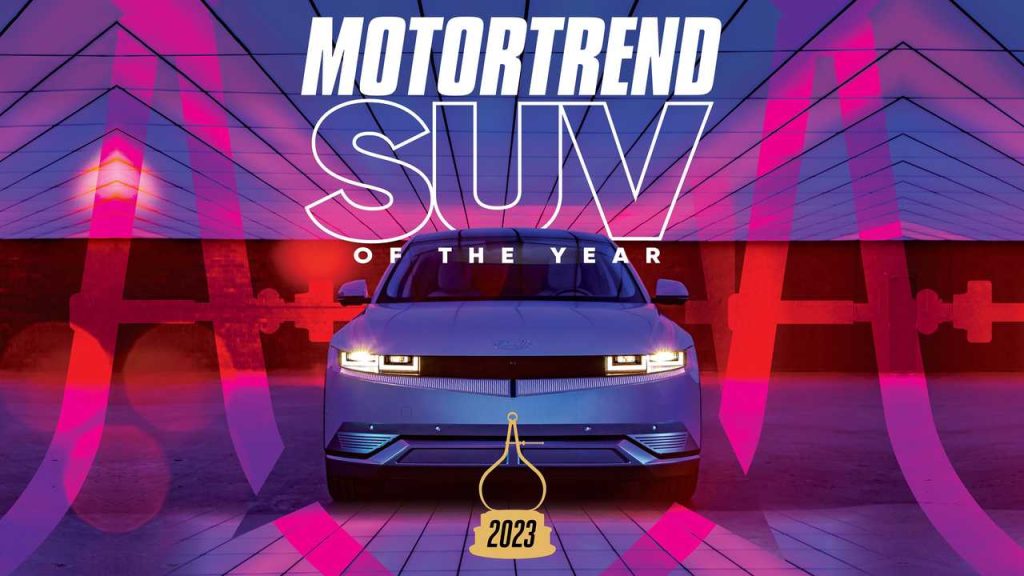
Motortrend writes: The SUV of the Year winner stood out from the formidable competition thanks to its stellar looks, wonderful driving capabilities, roomy and comfortable cabin, efficient battery, and amazing value. The Hyundai IONIQ 5 is a game-changing rethink on what an SUV can be and is the first EV to win MotorTrend’s SUV of the Year award.
Notes
Yes, I hope to convert everyone to metric system enthusiasts, but I also want to encourage electric vehicles. So, today only, I am adding some non-metric values in the main text. Non-metric units for almost all metric values stated here, can be found in the Wikipedia article about the Hyundai Ioniq 5.
In discussing this topic with my son, Alasdair, he reminded me that the purpose of a automotive sales person is not so much to encourage people to buy a particular product, but to reassure them that they have made the correct choice, once the contract is signed. Buyers’ regret is real!
Reflection
Yes, Charles, despite attempts to look forward, both you and I are influenced by our childhood experiences. They have shaped our preferences later in life. Twenty years ago there were still remnants of a population that refused to use seatbelts: It is better to be thrown clear in an accident, than to be crushed to death! They no longer exist. Today, there is a younger generation of drivers that use hand-held devices while driving. It is difficult to look objectively at one’s own generation. I encourage younger people to comment on the more irritating driving traits of you, I and others born in the 1940s, 1950s and 1960s.
I remember being impressed by four vehicles on our lane in New Westminster: a Volkswagen bus, two Nash Metropolitans, and a Hillman Husky, all from the late 1950s/ early 1960s. There were also vehicles that should have impressed me, but didn’t, such as an Edsel hardtop (convertible ?). Away from the lane, I also remember being impressed with a Nash Rambler, driven by my widowed aunt Millie’s friend. I suspect that you, too, Charles were influenced by your father’s Rambler. For me, nothing surpassed the spaciousness of another aunt’s car, Molly’s 1939 Plymouth 4-door sedan. She owned a small farm in Okanagan Mission, outside Kelowna, British Columbia. A few farm fields away, I began my driving career with a 1953 Chevrolet Advanced Design 3100 pickup, probably at the age of 14.
Sometimes I wonder why I have never owned an American car. I suspect Molly’s Plymouth was so much more comfortable to sit in than those lower, sleeker cars from the late 1950s/ early 1960s. That had a significant impact on my perceptions. Yet, sometimes, I allow myself to appreciate the lowlife, usually various iterations of a Studebaker Hawk. Other American vehicles that have appealed include the International Harvester Metro step vans, and their Scout and Travelall SUVs, are all on my top ten list of vintage vehicles. Somehow, I find it difficult to be enthusiastic about mainstream brands, like Ford or GM.
While many people in our generation acquire relics from the past, the beginning of the end of my ICE era, dates to 2012, with my purchase of one last ICE vehicle. Already then, I knew it would be the last one. The problem was that EVs were just a little too expensive, and batteries were just a little too small. Yet, the writing was on the wall: Future vehicles would be electric.
In fifty years time (2072), your descendant who inherits this car, will inherit a gem: one of the first vehicles built on a dedicated EV platform, with mass market appeal, comfort, performance, safety features and range. Congratulations, Charles, on your purchase of an impressive car, a Hyundai Ioniq 5!


